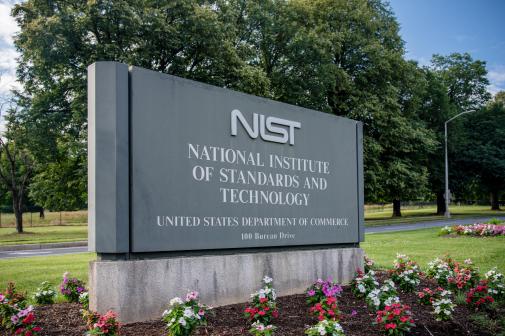Tech licensing revenues grow for agency labs
The federal government brought in more money from licensing its own technology to the private sector and increased the number of research and development partnerships it has forged, according a report from the National Institute of Standards and Technology.
In the Federal Laboratory Technology Transfer report, released earlier this month, the 11 agencies that have federal laboratory operations brought in $184 million through technology licensing in fiscal year 2013 — a $20 million increase over the previous year. Additionally, the government added nearly 400 cooperative research and development agreements (CRADAs) over the course of the year. (Fiscal year 2013 is the most recent year for which the government has collected the data.)

A chart of the licensing revenue brought in by the federal government as of fiscal year 2013. (NIST)
By licensing federally developed technologies, the government encourages private companies to further develop and commercialize them. The Energy Department reported the largest number of licenses (9,148), followed by NASA (2,540), and the Department of Health and Human Services (1,426). The three account for 84 percent of all licenses reported that year.
The Defense Department reported the largest number of CRADAs (2,682) for fiscal year 2013, followed by the Commerce Department (2,428) and Department of Veterans Affairs (1,422).
Among the projects to come out of 2013 CRADAs are:
- The Public Safety Broadband Demonstration Network, a network that serves as a test bed for wireless technology related to first responders.
- Software code from the Air Force for predicting the failure of materials and structures composed of at least two different materials.
- A collaboration between the Department of Agriculture’s Forest Products Laboratory and the University of Wisconsin-Madison, which manipulated wood fibers to create flexible electronics.

A chart of the CRADAs in the federal government as of fiscal year 2013. (NIST)
Read the report below.






